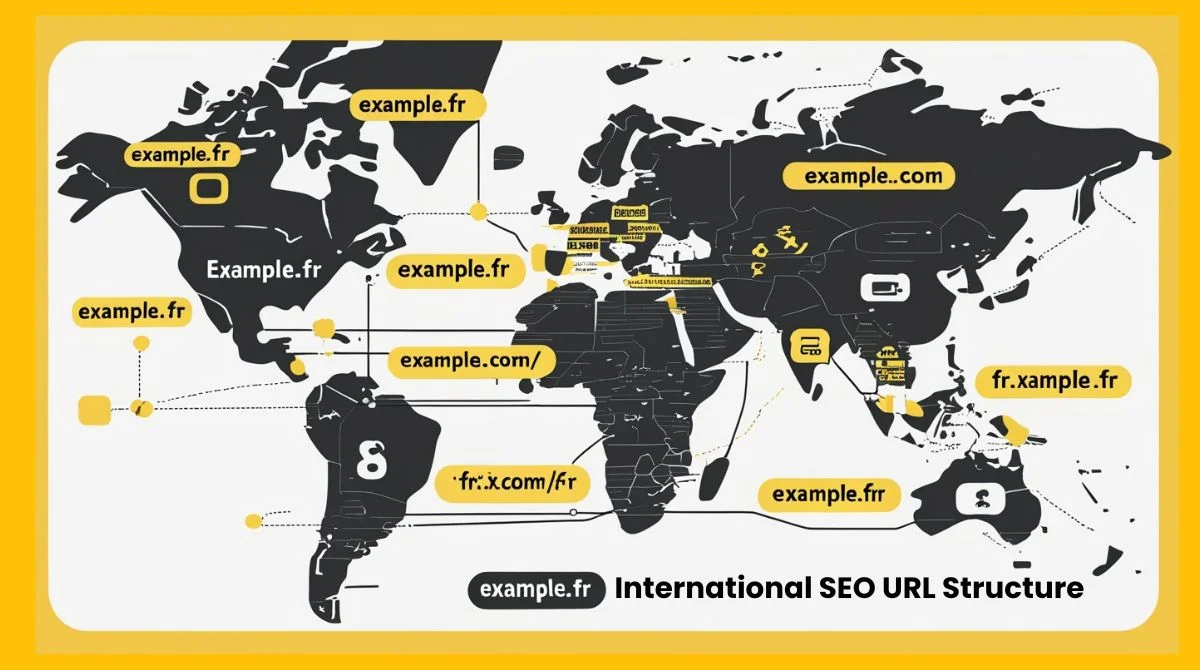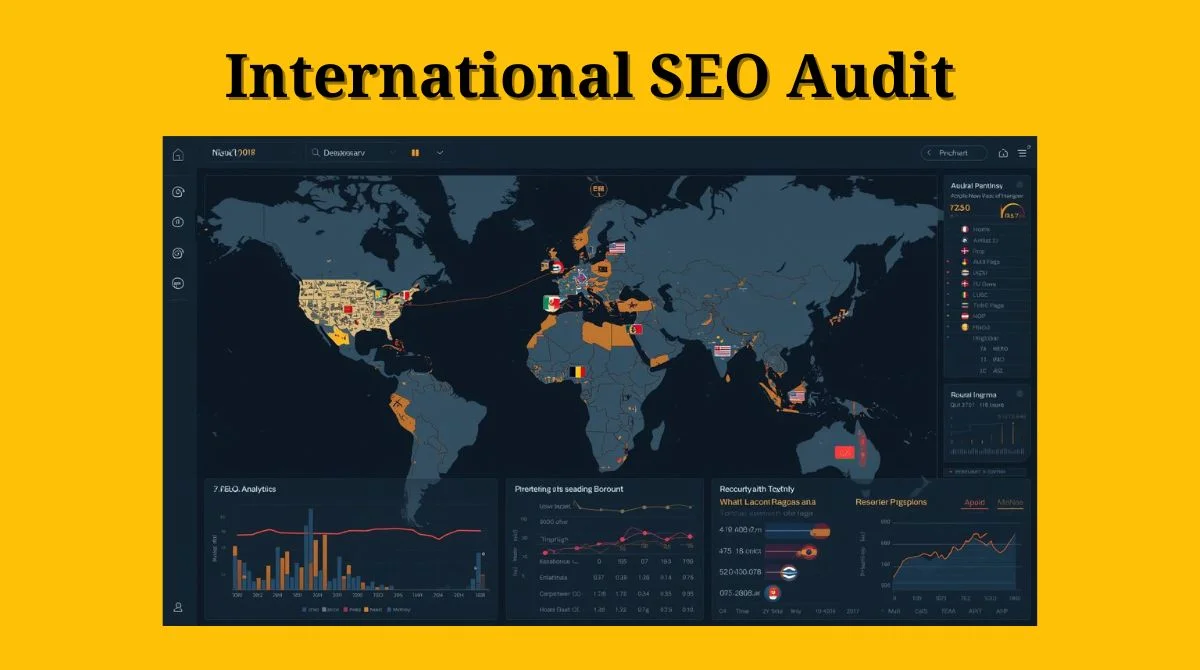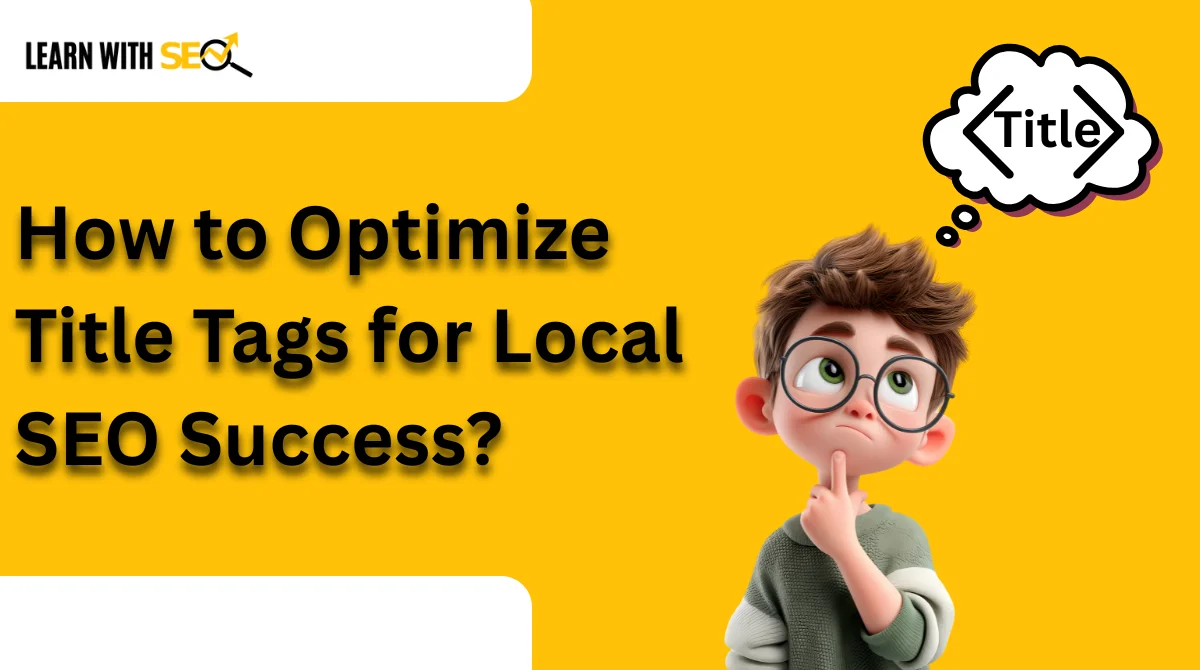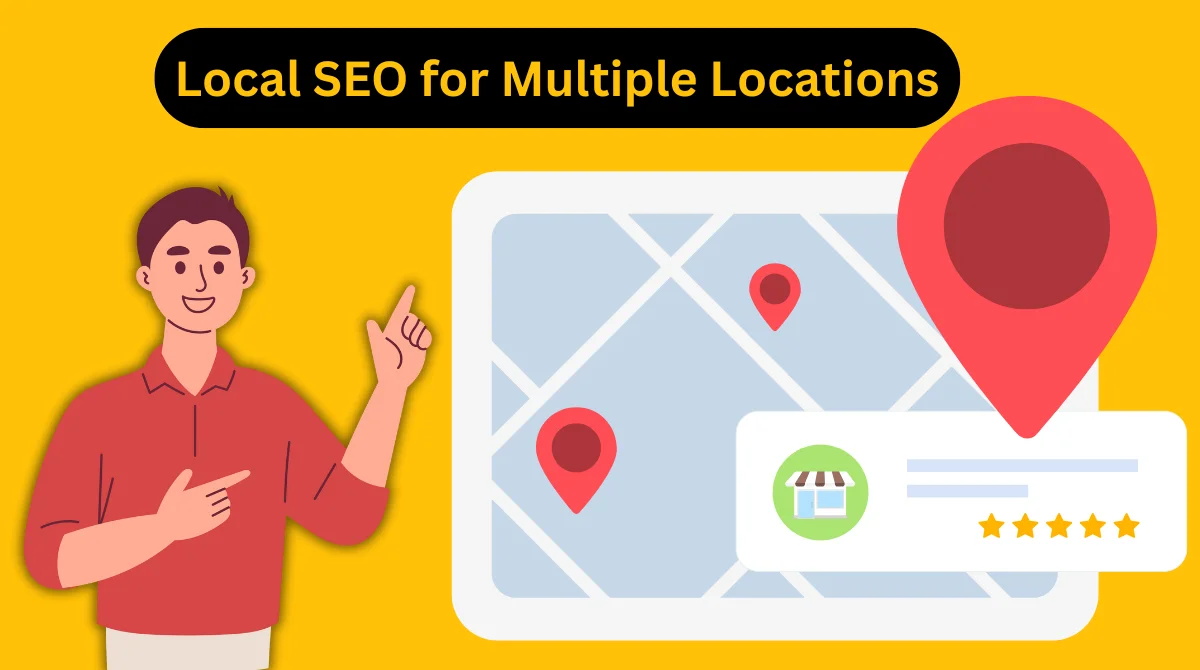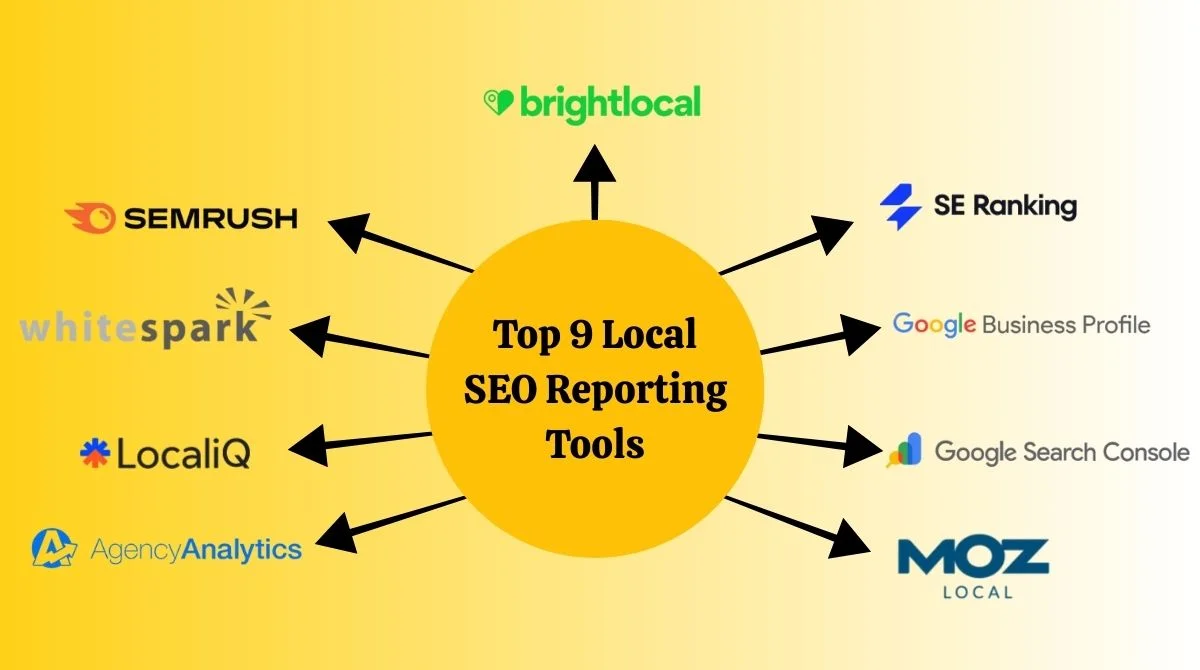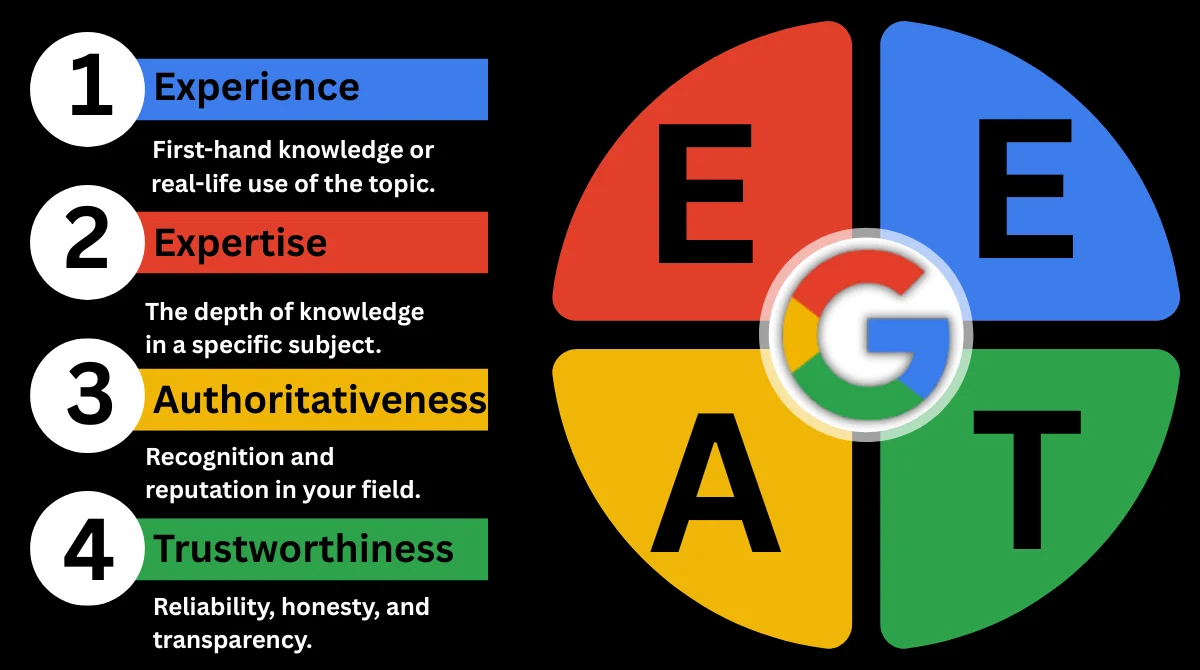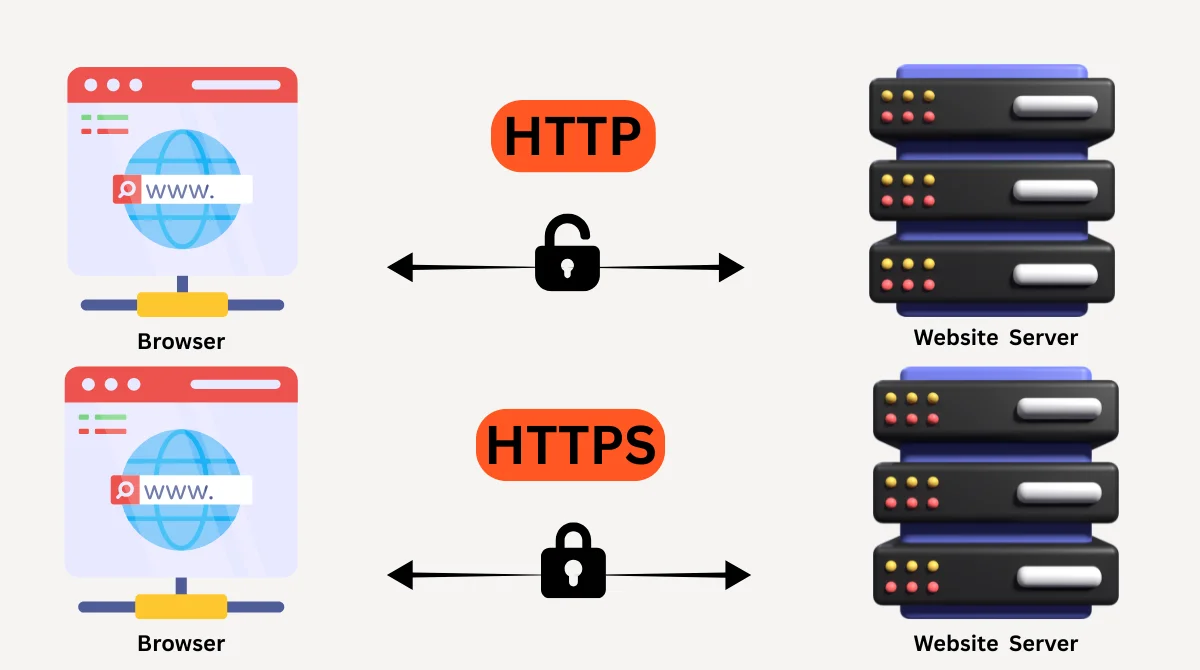- Understanding International SEO URL Structure
- Why Your URL Structure Matters?
- Three Main URL Structure Options
- Quick Comparison Table
- Which Structure Works Best?
- Best Practices for International URLs
- Hreflang Tag Examples
- Technical Considerations
- Measuring Your Success
- Common Mistakes to Avoid
- Making Your Decision
- Getting Started with International SEO
- Final Thoughts
Understanding International SEO URL Structure
When you want to reach customers in different countries, your website needs the right URL setup. The international SEO URL structure tells search engines which country or language your content targets.
Your URL structure is like a roadmap for search engines. It shows them where to send users based on their location and language.
Why Your URL Structure Matters?
Search engines use your URL to understand who should see your content. A good structure helps Google show your French content to French users and your German content to German users.
Your URL structure also affects user trust. People feel more comfortable buying from a website that speaks their language and uses their country’s domain.
Three Main URL Structure Options
Country Code Top-Level Domains (ccTLDs)
This means having separate domains for each country, like example.fr for France or example.de for Germany.
Advantages:
- The strongest signal to search engines about the target country.
- Builds local trust immediately.
- Clear geographic targeting.
Disadvantages:
- Most expensive option.
- Need to build SEO authority for each domain separately.
- Requires separate hosting and maintenance.
Best for: Large companies with big budgets targeting specific countries with unique content.
Subdirectories (Subfolders)
Your URLs look like example.com/fr/ or example.com/de/. This is the most popular choice for international SEO.
Advantages:
- All versions share the same domain authority.
- Cost-effective and simple to manage.
- Easy to set up new countries.
- One domain and one hosting account.
Disadvantages:
- Slightly weaker geographic signal than ccTLDs.
- All content is on the same server location.
Best for: Most businesses wanting to expand internationally with a practical budget.
Subdomains
Subdomains create separate sections like fr.example.com or de.example.com.
Advantages:
- Technical separation between markets.
- Good for language-based targeting.
- Issues in one subdomain don’t affect others.
Disadvantages:
- May not benefit frthe om main domain authority.
- More complex to manage than subdirectories.
- Treated as separate sites by search engines.
Best for: Companies with technical reasons to keep content separate or language-based targeting.
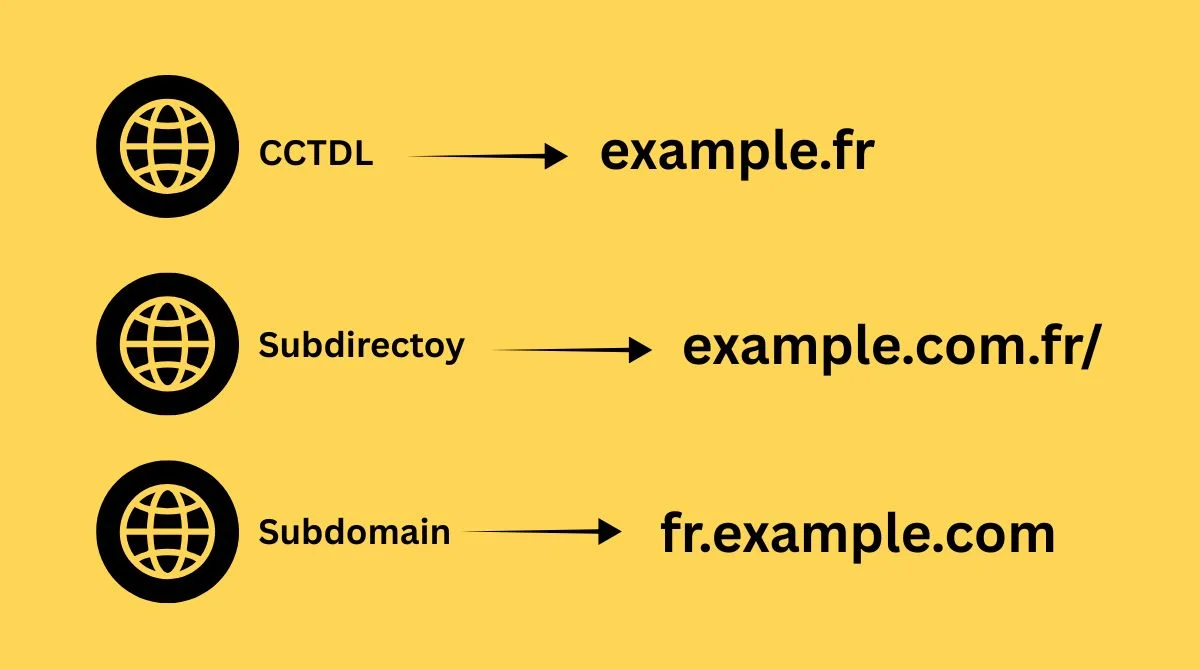
Quick Comparison Table
| Structure | Example | SEO Power | Cost | Setup Difficulty | Best Use Case |
| ccTLD | example.fr | Strong local signal | High | Complex | Large budgets, strong local presence |
| Subdirectory | example.com/fr/ | Shared authority | Low | Easy | Most businesses |
| Subdomain | fr.example.com | Separate authority | Medium | Medium | Technical separation needs |
Which Structure Works Best?
For most businesses, subdirectories offer the best balance. You get all the SEO power in one place. Every link to any version of your site helps all other versions, too. This makes growing your international presence faster and cheaper.
If you have an unlimited budget and want maximum local presence, ccTLDs work great. But remember, you are starting from zero SEO authority for each new country domain.
Best Practices for International URLs
Use Language in Your URLs
Keep URLs in the target language after the country code. Use example.com/es/zapatos-rojos for Spanish-speaking users instead of example.com/es/red-shoes.
This tells users and search engines exactly what to expect. It improves click rates and user experience.
Keep URLs Simple and Clean
Follow these rules:
- Use hyphens to separate words, not underscores.
- Keep everything lowercase.
- Avoid unnecessary parameters or numbers.
- Make URLs short and memorable.
- Structure from general to specific.
Good example: example.com/fr/chaussures/sneakers/
Bad example: example.com/FR/Product_123?category=shoes&lang=fr
Implement Hreflang Tags
These tags tell Google which language version to show to which users. Without hreflang tags, search engines might display the wrong pages to your visitors.
Add hreflang tags to every page with language versions. They prevent duplicate content issues and ensure users see the right version.
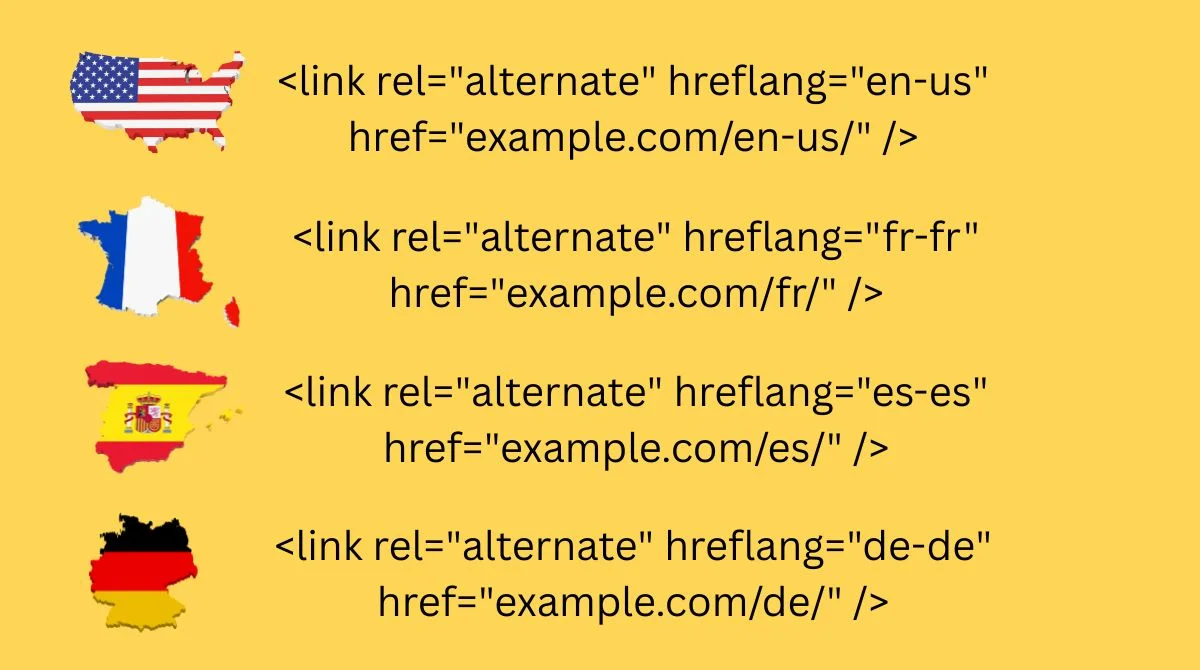
Hreflang Tag Examples
| Target Audience | Hreflang Code | Example |
| English – US | en-us | <link rel=”alternate” hreflang=”en-us” href=”example.com/en-us/” /> |
| French – France | fr-fr | <link rel=”alternate” hreflang=”fr-fr” href=”example.com/fr/” /> |
| Spanish – Spain | es-es | <link rel=”alternate” hreflang=”es-es” href=”example.com/es/” /> |
| German – Germany | de-de | <link rel=”alternate” hreflang=”de-de” href=”example.com/de/” /> |
| English – Global | en | <link rel=”alternate” hreflang=”en” href=”example.com/en/” /> |
Create a Logical Hierarchy
Structure your URLs from general to specific. Start with country or language, then categories, then specific pages. A good example is example.com/fr/chaussures/sneakers/ for a French sneakers category. The path tells you exactly where you are on the site.
Technical Considerations
Choose one structure and stick with it. Changing later causes technical problems and can hurt your rankings.
Key technical points:
- Use a Content Delivery Network (CDN) for faster loading.
- Set up proper redirects based on user location.
- Don’t force automatic redirects without user choice.
- Ensure hosting can handle international traffic.
- Monitor site speed in all target countries.
Measuring Your Success
Track rankings in each target country separately. Monitor which countries send you traffic and convert the best.
Important metrics to watch:
- Bounce rates by country.
- Conversion rates per region.
- Local search rankings.
- Page load times by location.
- User engagement by language version.
Pay attention to local search console data for each country. Look at which pages perform well in each market.
Common Mistakes to Avoid
Never do these things:
- Auto-redirect users without giving them a choice.
- Duplicate content without proper hreflang tags.
- Mix different URL structures.
- Use only flags without language names.
- Forgot to translate meta tags and URLs.
- Ignore mobile optimization for international users.
- Skip local keyword research.
Always show a banner offering the local version instead of forcing redirects. Some people travel or use VPNs.
Making Your Decision
Ask yourself these questions:
Budget: How much can you invest in SEO for each market?
- Limited budget → Subdirectories.
- Large budget → ccTLDs.
Number of countries: How many markets will you target?
- 2-3 countries → Any structure works.
- 5+ countries → Subdirectories.
Resources: Do you have teams in each country?
- Yes → ccTLDs possible.
- No → Subdirectories easier.
Timeline: How fast do you need results?
- Quick expansion → Subdirectories.
- Long-term investment → ccTLDs.
Look at your competition. What structure do successful international competitors use? Their choices might reveal what works in your industry.
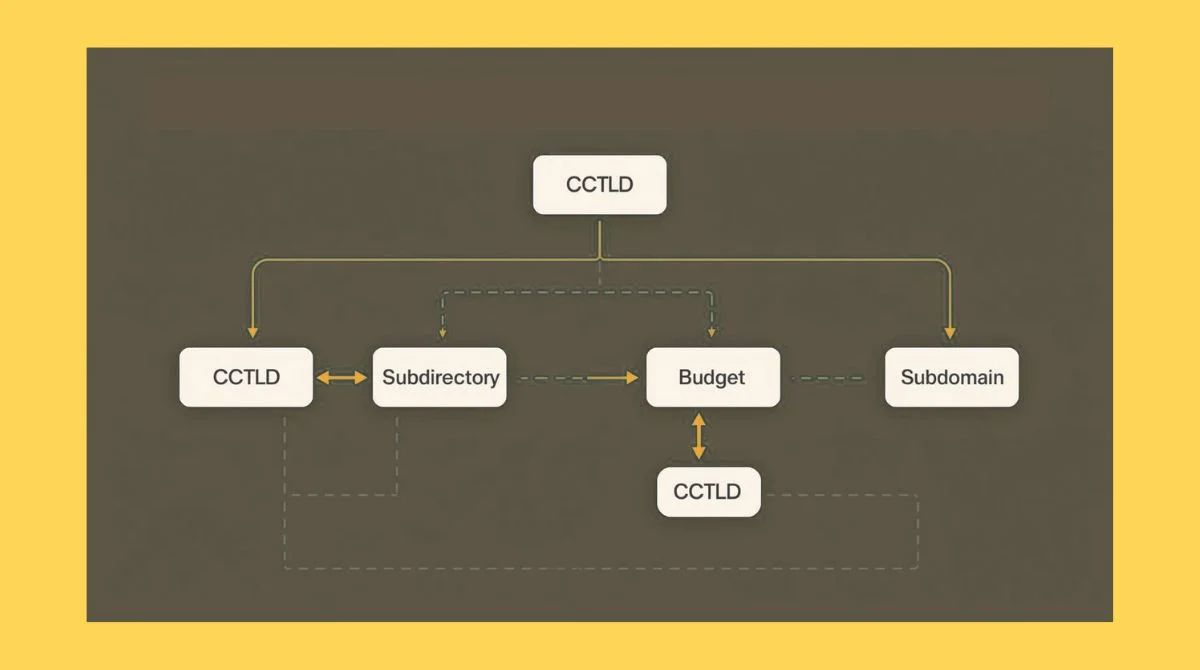
Getting Started with International SEO
- Start with your most important markets. Don’t try to launch 20 countries at once.
- Translate your highest-performing content first. Focus on pages that already bring you business.
- Work with native speakers to review your content. They catch cultural mistakes and improve your messaging.
- Set up proper hreflang tags from day one. This prevents duplicate content issues.
- Monitor results and adjust your strategy based on data.
Final Thoughts
The best international SEO URL structure depends on your specific situation. For most businesses, subdirectories offer the best combination of SEO benefits and cost-effectiveness. Whatever you choose, implement it correctly with proper hreflang tags and clean URLs. Start with the right structure and build from there.


